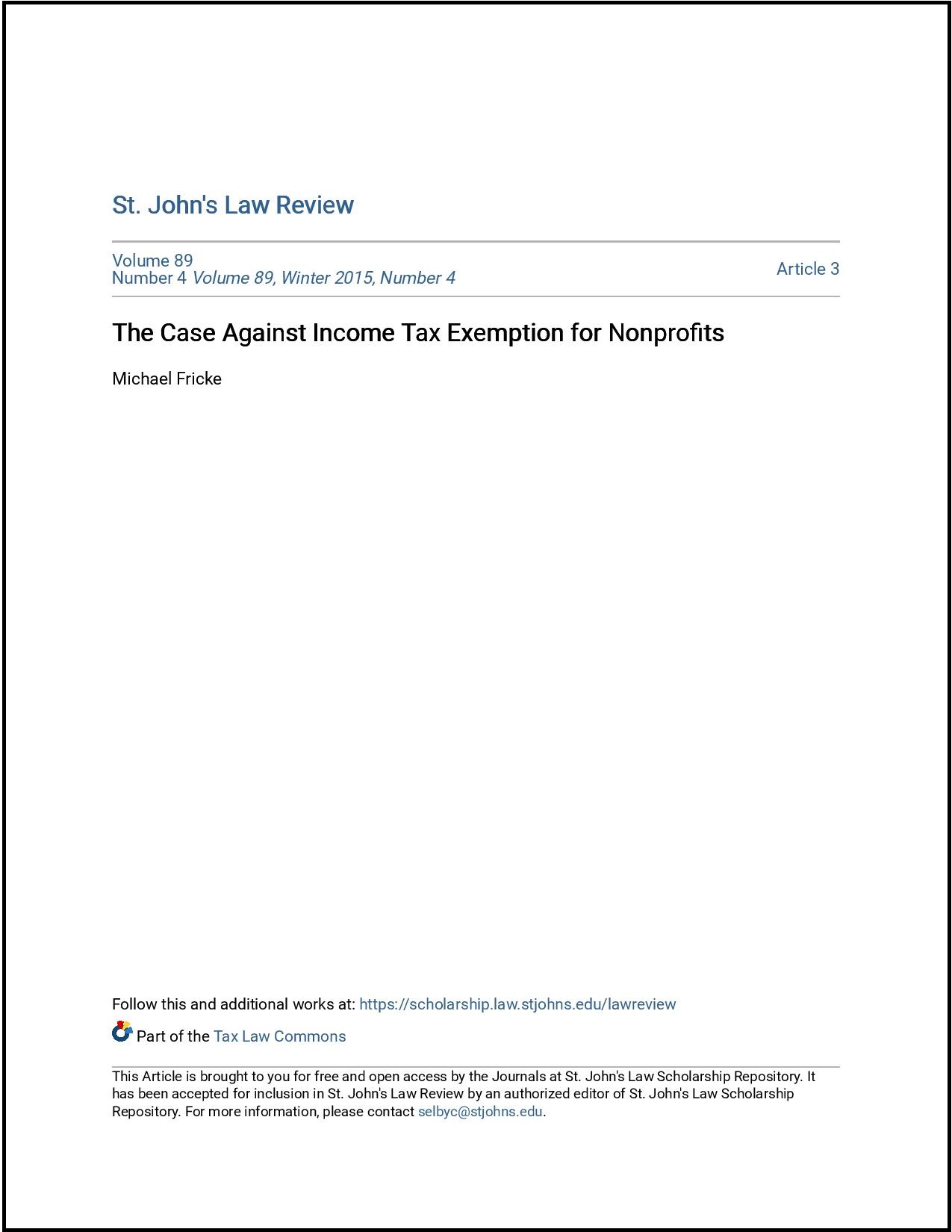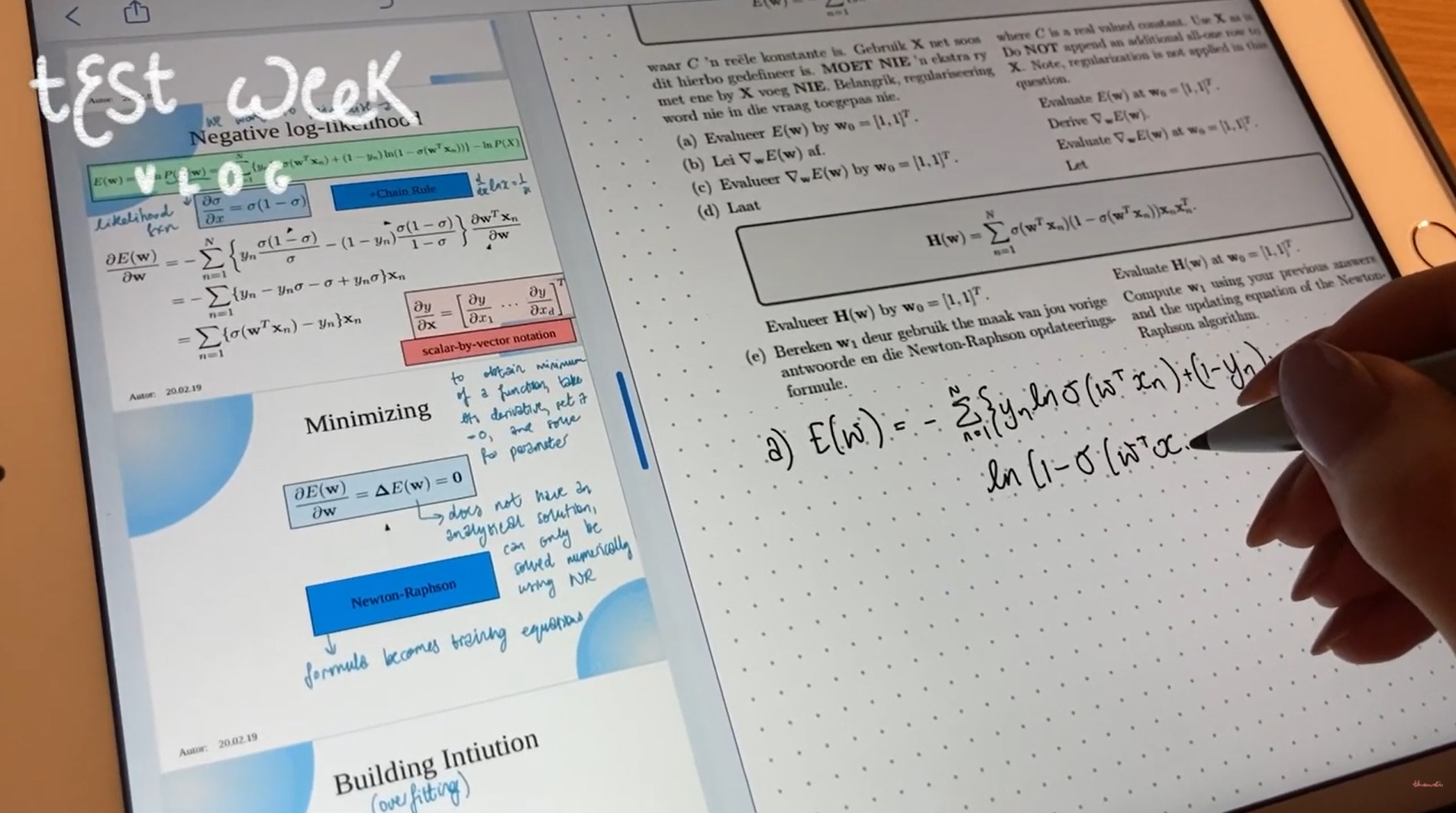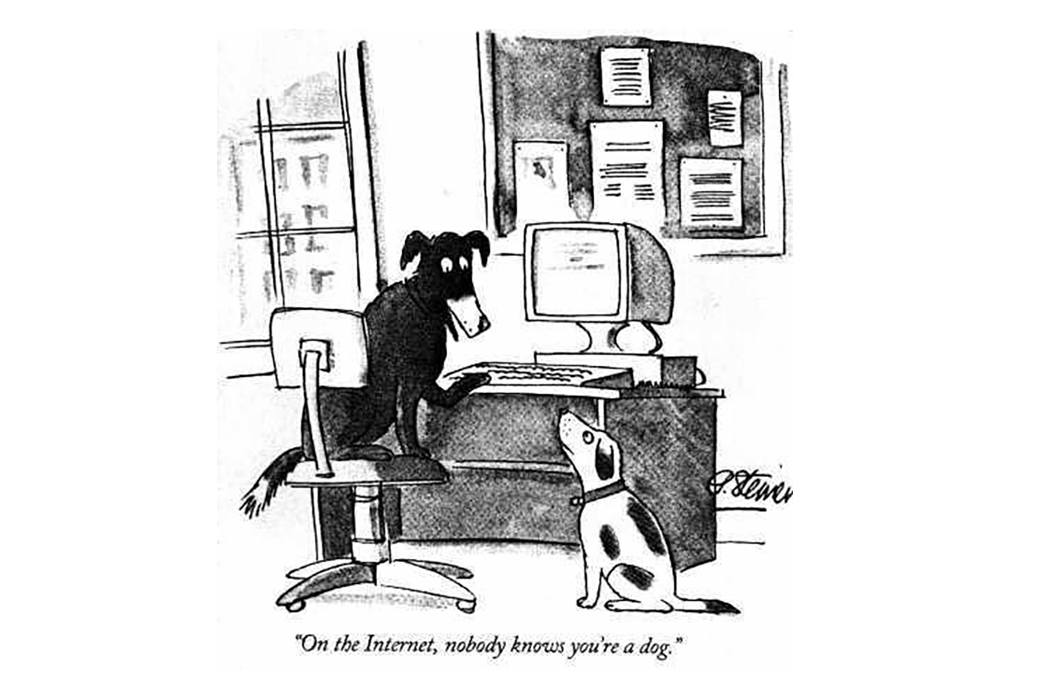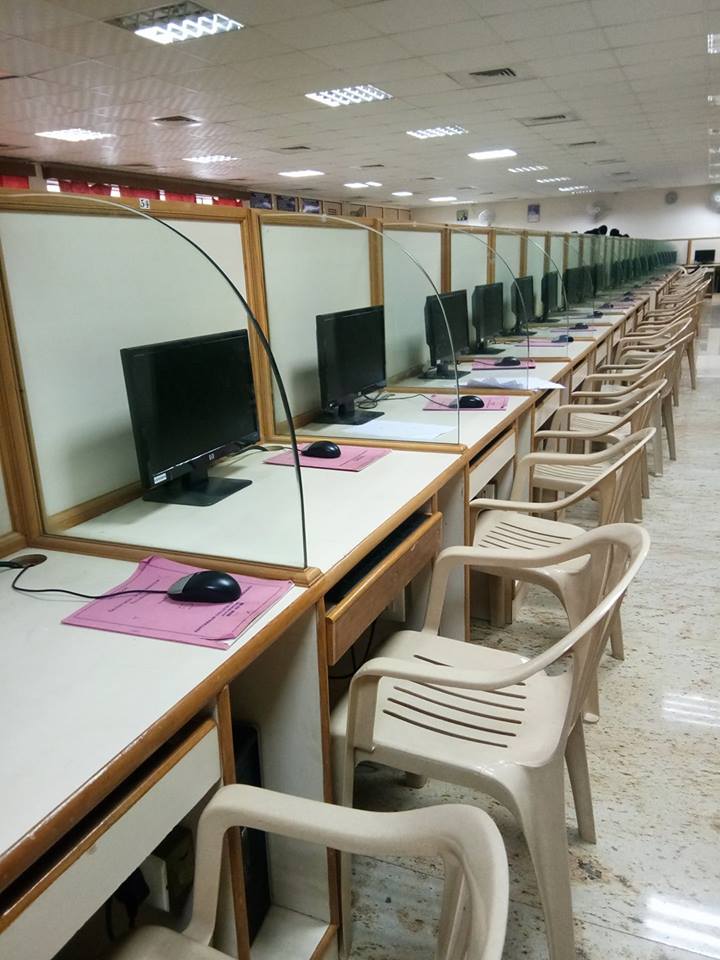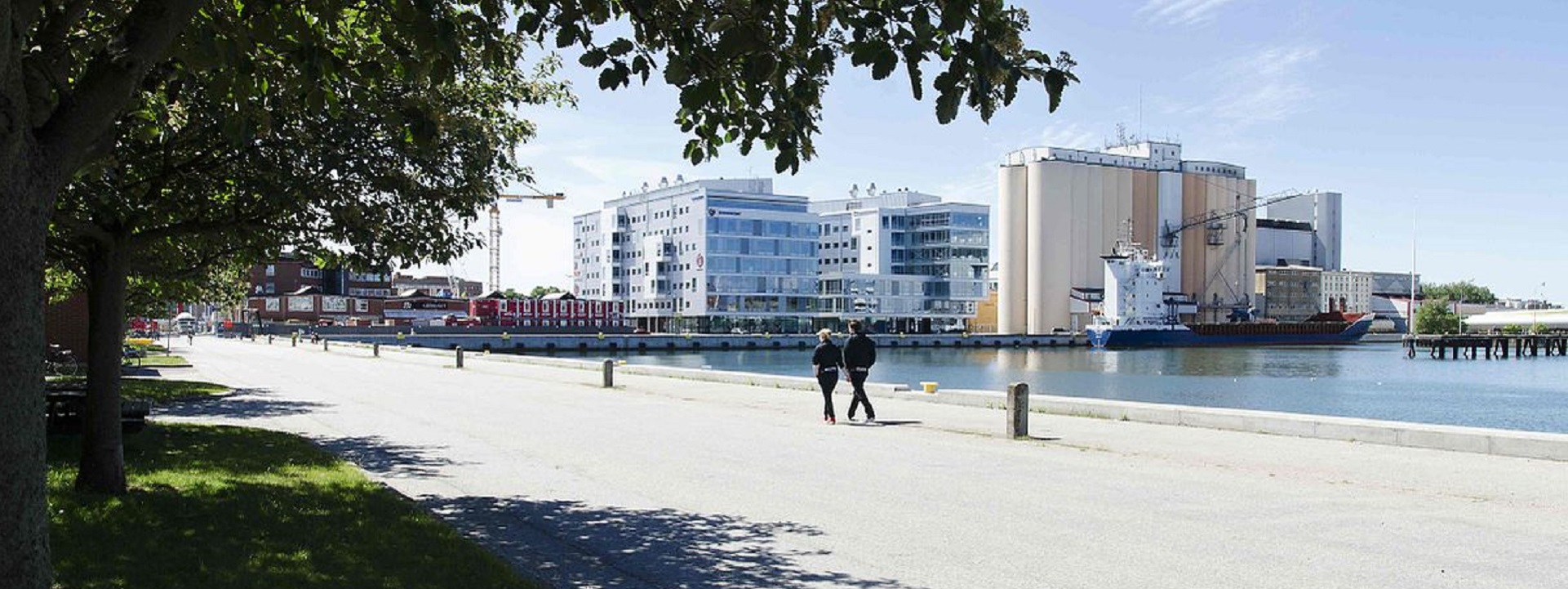“You Get What You Give”
- Home Page 84

The Nation’s Pioneer Land-Grant University
Michigan State University, originally established as the Michigan Agricultural College in 1855, was officially designated as a land-grant institution under the Morrill Act in 1863, predating the formal designation of some other universities. Other universities with a similar claim:
Iowa State University – Chartered in 1858, designated as a land-grant institution in 1864.
University of Illinois at Urbana-Champaign – Chartered in 1867, designated as a land-grant institution in 1867.
University of California, Berkeley – Chartered in 1868, designated as a land-grant institution in 1868.
Kansas State University – Chartered in 1863 as Kansas State Agricultural College, designated as a land-grant institution in 1863.
University of Wisconsin-Madison – Chartered in 1848, designated as a land-grant institution in 1866.
Association of Public Land-Grant Universities
Infotech 300
“The more abundant the information in the world,
the more economics becomes the science of allocating attention.”
— George Gilder
Today we break down the literature for building, maintaining and supporting the computing infrastructure of education communities. We use the term “infotech” gingerly to explain action for a broad span of technologies that encompass enterprise servers and software, wireless and wired networks, campus phone networks, and desktop computers that provide administrative services and career tech video production. The private sector has moved at light speed to respond to the circumstances of the pandemic; so have vertical incumbents evolving their business models to seek conformance revenue in this plasma-hot domain.
Starting 2023 we break down the topic accordingly:
Infotech 100: Survey of the principal standards developing organizations whose catalogs are incorporated by reference into federal and state legislation. Revision cycles.
Infotech 200: Campus computing facilities for research and education
Infotech 300: Communication networks, wired and unwired at the demarcation point; crucial for defining the responsibilities and boundaries between the service provider and the customer.
Infotech 400: System, middleware and application for education and research
The literature radiates continually by consortia, open-source, or ad hoc standards-setting domains rather than the private standards system administered by global and standards setting bodies; to wit:
International:
IEC (EN 50600), IET, ISO, ITU
Vocabulary
United States:
Data Center Operations and Maintenance Best Practices
Everywhere else:
3GPP & 3GPP2, Apache Software Foundation, ISTE, OneM2M, Uptime Institute
The ICT domain is huge, replacing physical libraries. The foregoing is a highly curated sample.
We continue to include teaching and learning media standards on our colloquia however it is likely that will break up this topic into at least two related colloquia as 2023 proceeds; with primary focus on the design, construction and maintenance of the physical ICT infrastructure. Much depends upon the interest of our clients, colleagues and other stakeholders. We collaborate closely with the IEEE Education and Healthcare Electrotechnology Committee.
Use the login credentials at the upper right of our home page.
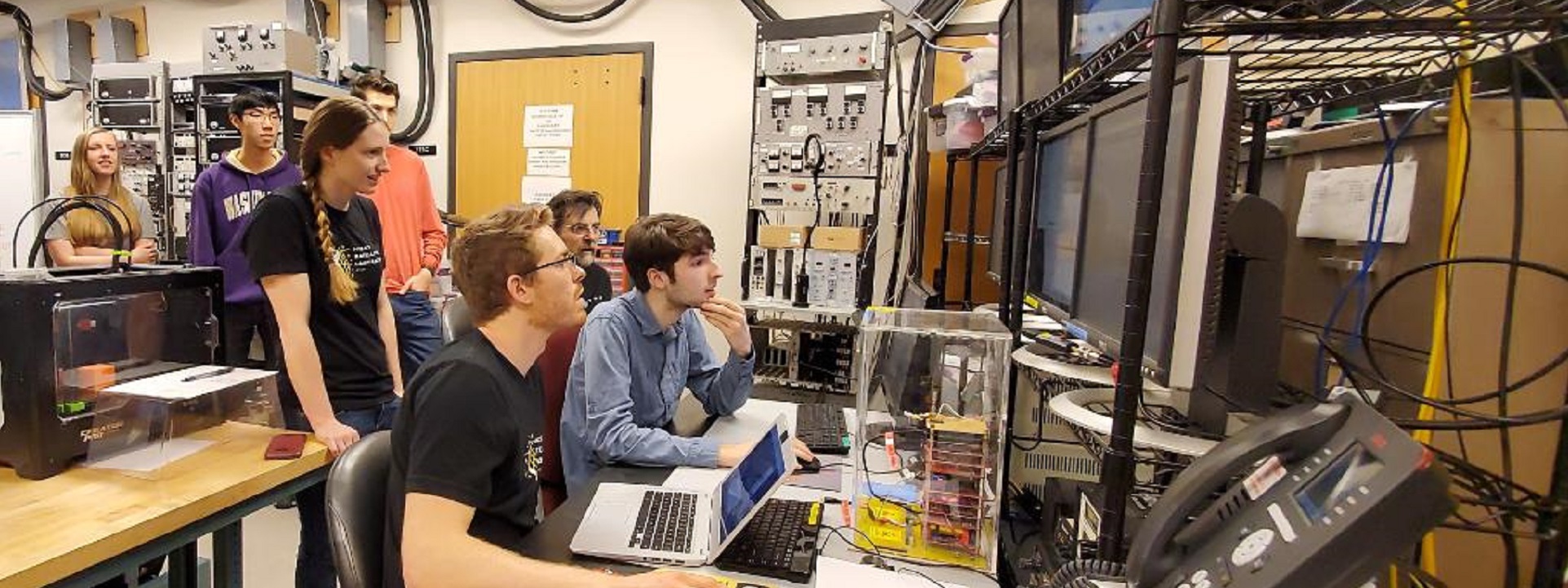
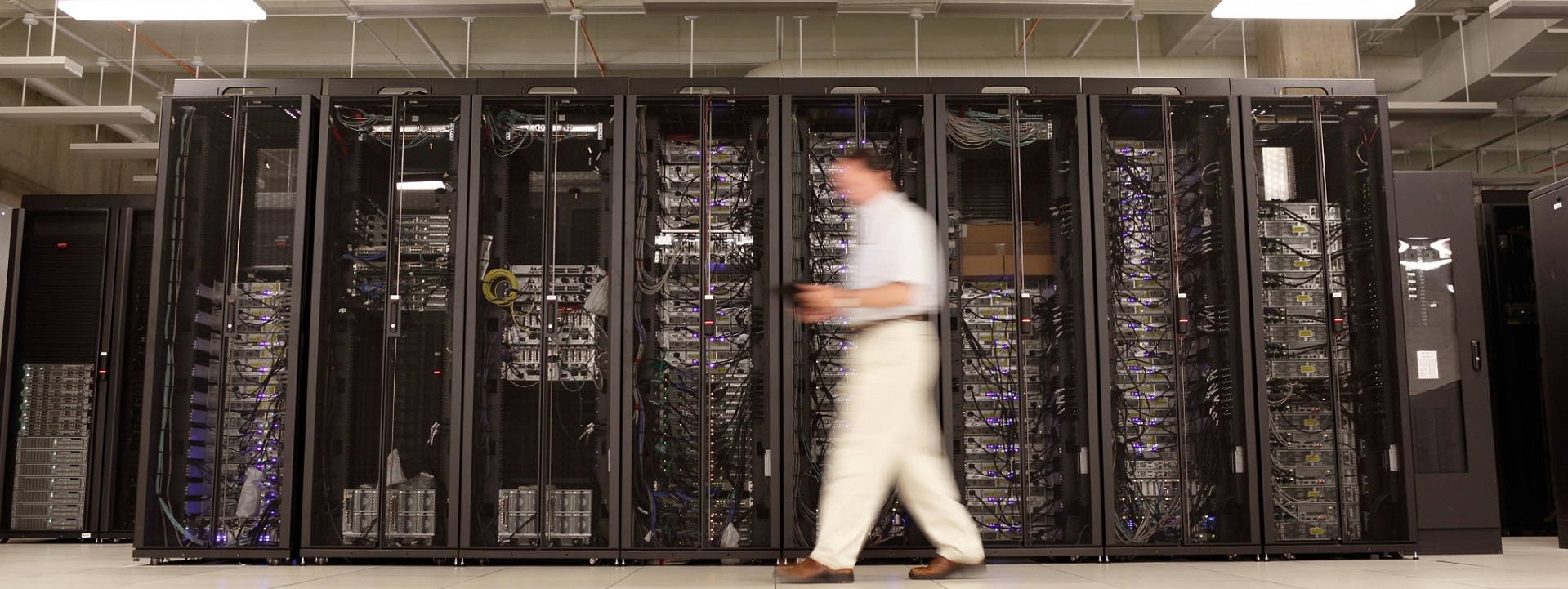
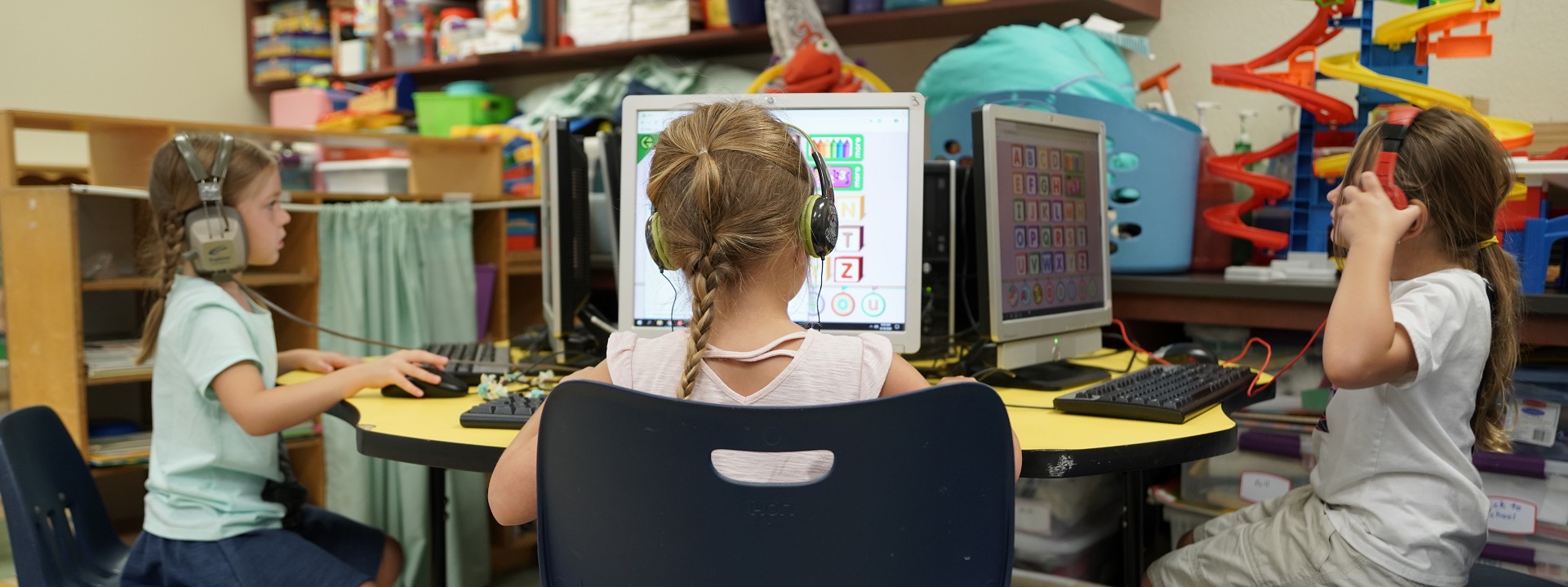
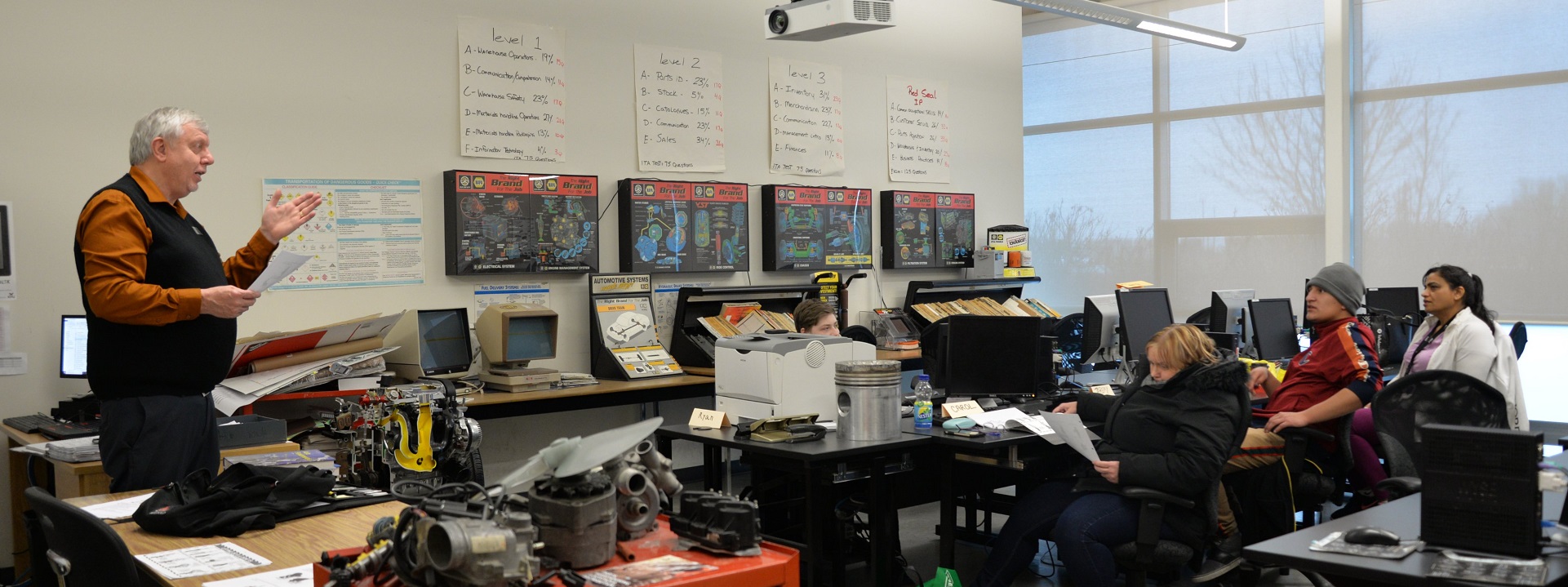
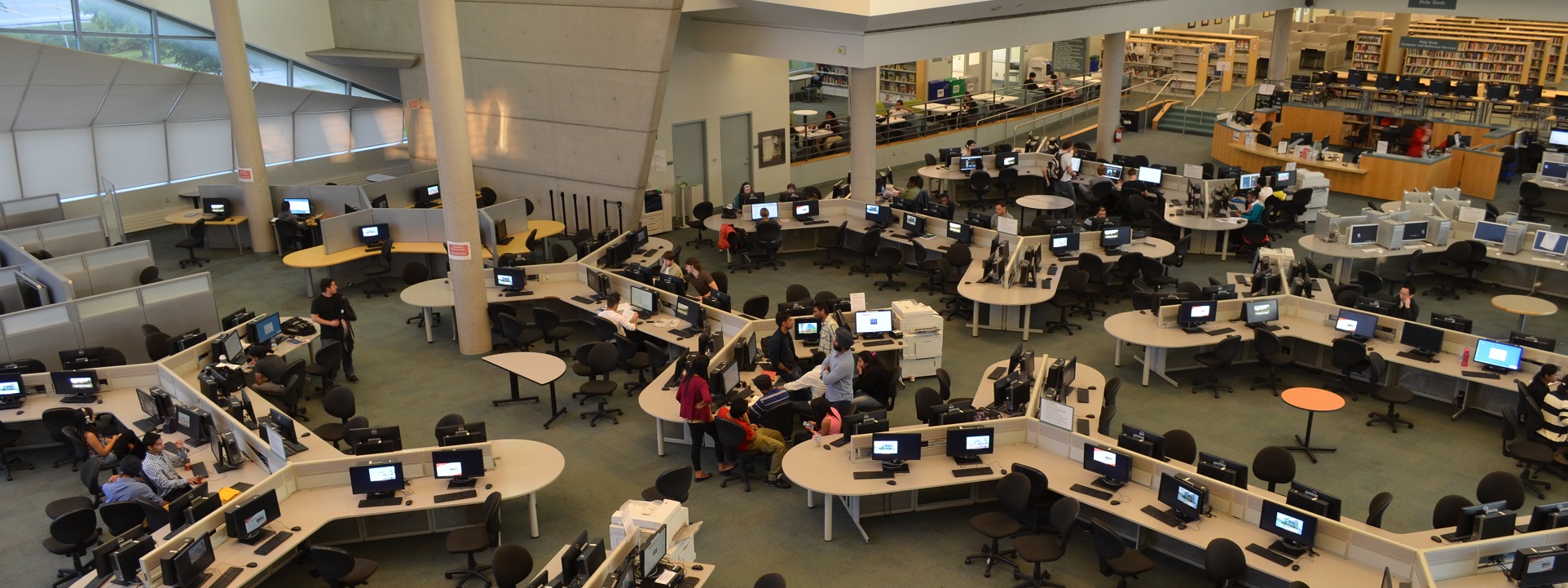
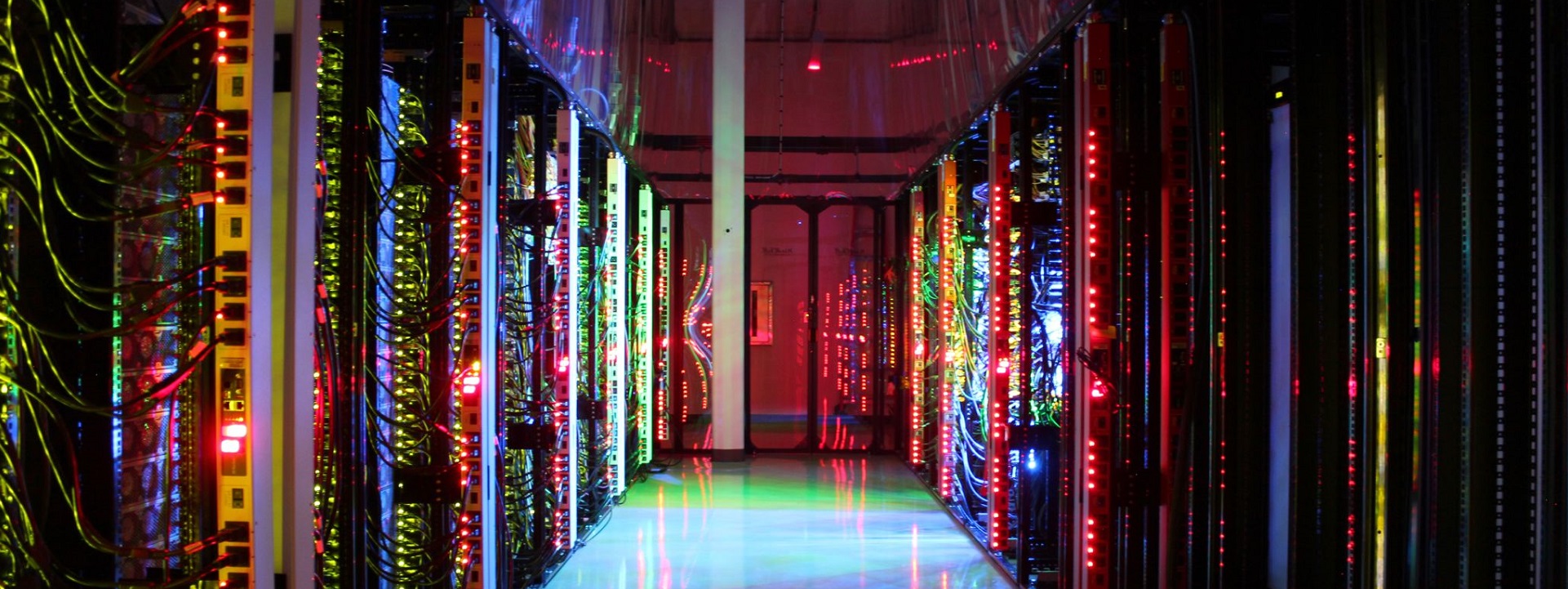

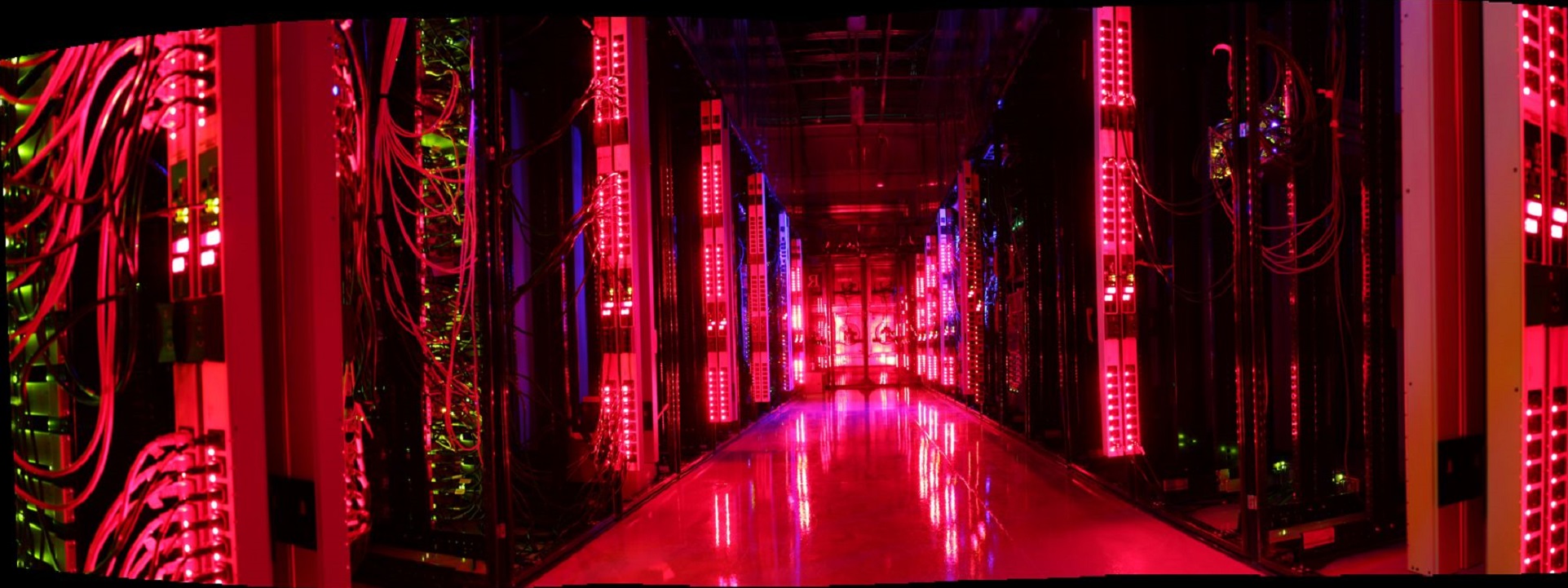


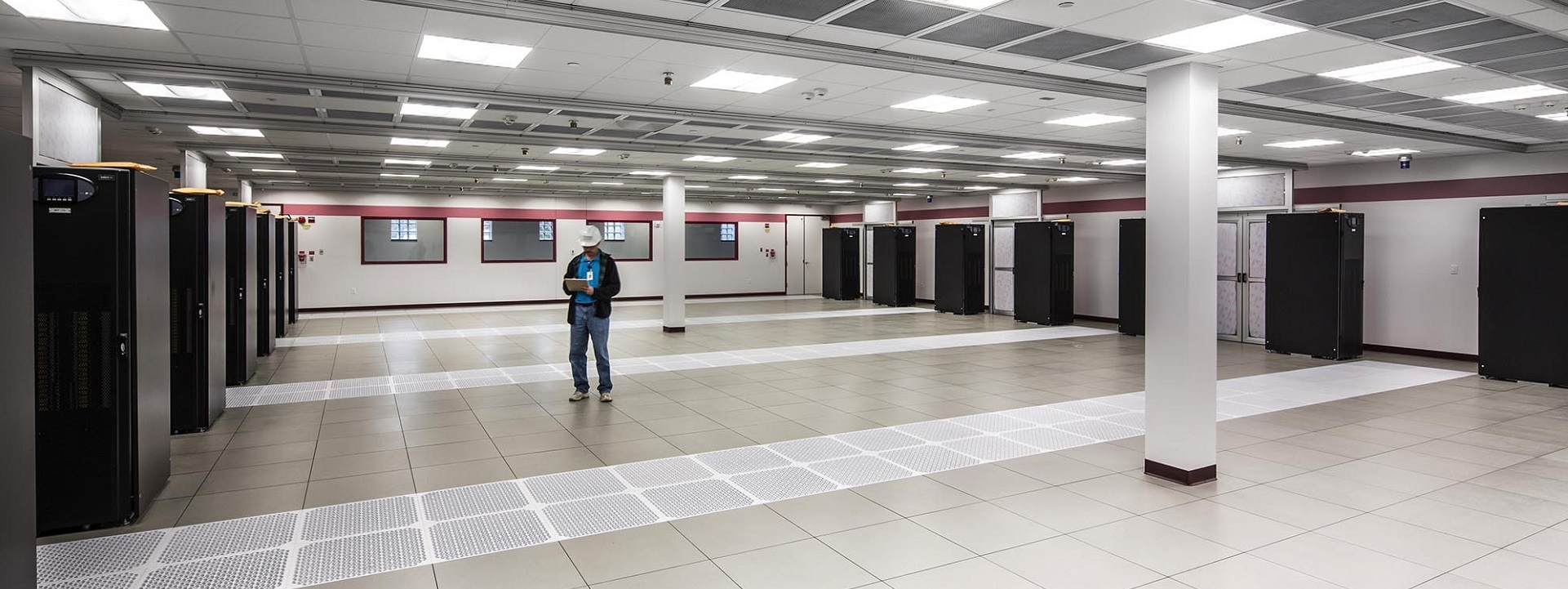
Mobility 400
This content is accessible to paid subscribers. To view it please enter your password below or send mike@standardsmichigan.com a request for subscription details.
Telecommunications Service Point
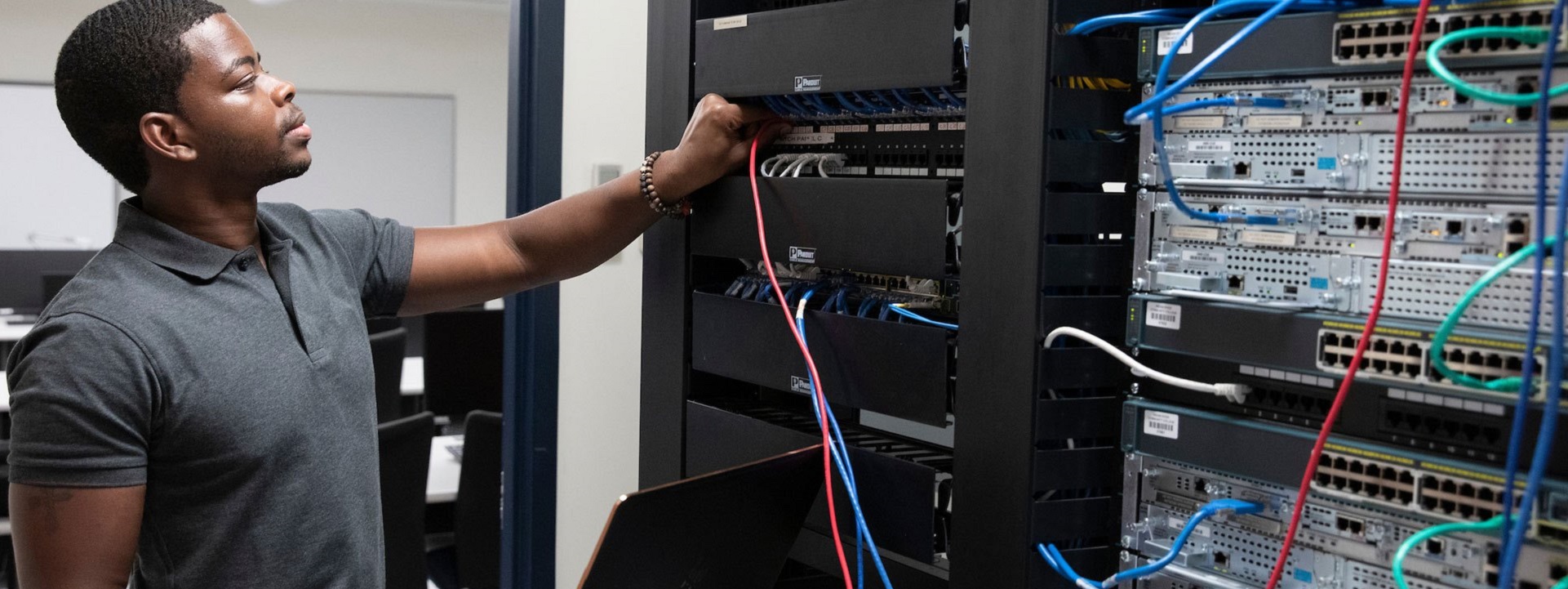


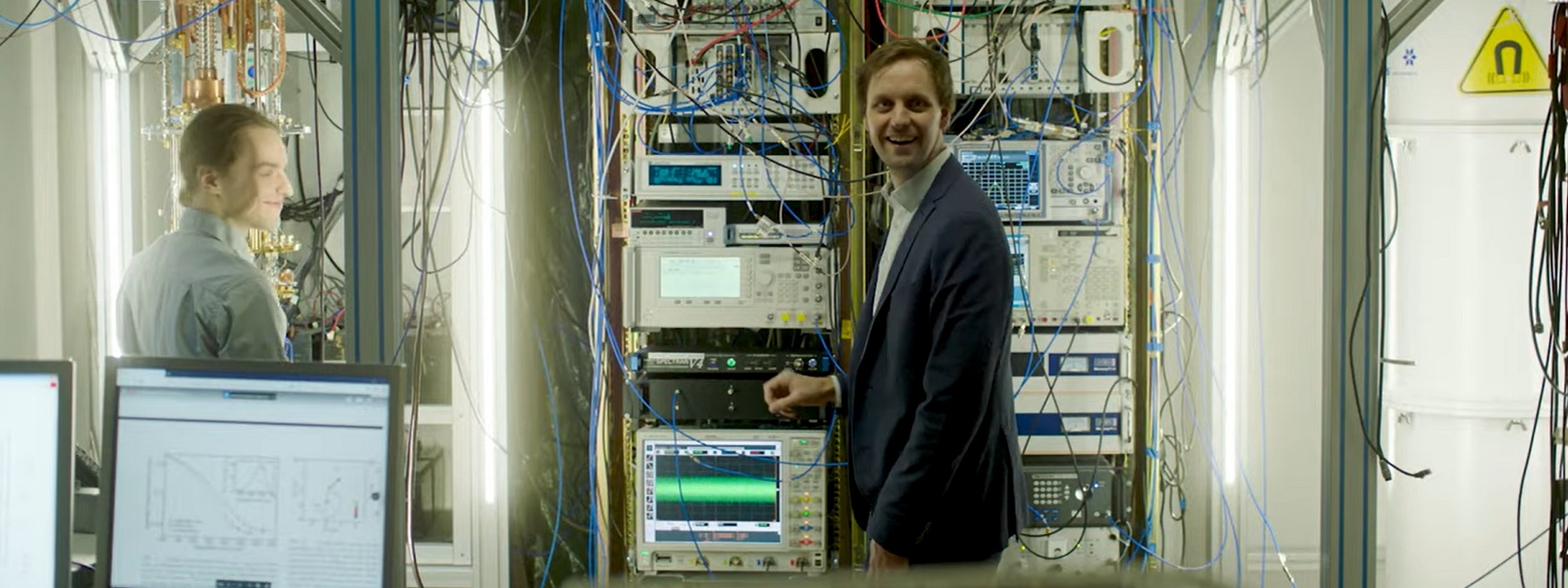
Today we get down in the weeds to examine the point of common coupling between a building and a telecommunication service provider.
Education facilities often require a more diverse approach to designing and implementing ICT systems than that of a typical commercial building. First of all, educational settlements are frequently one building. That means not only does the ICT infrastructure need to meet the varying demands of a specific building, but multiple buildings must all be integrated into one cohesive design.
In an environment of providing multifunctional spaces within one building, it is common to find a combination of commercial, industrial, data center, health care and entertainment environments within just a few buildings; hence our preference for the word “settlements” over the more widely used word “campus”.
ANSI/TIA-568-C series: Telecommunications Cabling Standards. Specifies the requirements for various aspects of structured cabling systems, including cabling components, installation, and testing.
TIA-569-B: Telecommunications Pathways and Spaces. Provides guidelines for the design and installation of pathways and spaces for telecommunications cabling.
TIA-606-B: Administration Standard for Commercial Telecommunications Infrastructure. Specifies administration practices for the telecommunications infrastructure of commercial buildings.
Our inquiry cuts across the catalogs of several other standards developers:
NEC (National Electrical Code). NEC Article 800 specifically addresses the installation of communications circuits and equipment.
ISO/IEC 11801: Information technology — Generic cabling for customer premises. Defines generic telecommunications cabling systems (structured cabling) used for various services, including voice and data.
IEEE 802.3: Ethernet Standards. Defines standards for Ethernet networks, which are commonly used for data communication in buildings.
UL 497: Protectors for Paired Conductor Communications Circuits. Addresses requirements for protectors used to safeguard communications circuits from overvoltage events.
GR-1089-CORE: Electromagnetic Compatibility and Electrical Safety. Published by Telcordia (now part of Ericsson), this standard provides requirements for the electromagnetic compatibility and electrical safety of telecommunications equipment.
FCC Part 68: Connection of Terminal Equipment to the Telephone Network. Outlines the technical requirements for connecting terminal equipment to the public switched telephone network in the United States.
Local building codes and regulations also include requirements for the installation of telecommunication service equipment.
TIA recently collaborated with @CanEmbUSA to host a thought-provoking discussion on Building Trusted Global Networks Together. We left the event feeling confident that through collaboration and innovation, we can unlock the full potential of the connected world! pic.twitter.com/Bei2FeW38X
— TIA (@TIAonline) November 15, 2023
Last update: October 12, 2019
All school districts, colleges, universities and university-affiliated health care systems have significant product, system, firmware and labor resources allocated toward ICT. Risk management departments are attentive to cybersecurity issues. All school districts, colleges, universities and university-affiliated health care systems have significant product, system, firmware and labor resources allocated toward ICT.
The Building Industry Consulting Service International (BICSI) is a professional association supporting the advancement of the ICT community. This community is roughly divided between experts who deal with “outside-plant” systems and “building premise” systems on either side of the ICT demarcation point. BICSI standards cover the wired and wireless spectrum of voice, data, electronic safety & security, project management and audio & video technologies. Its work is divided among several committees:
BICSI Standards Program Technical Subcommittees
BICSI International Standards Program
BICSI has released for public review a new consensus document that supports education industry ICT enterprises: BICSI N1 – Installation Practices for Telecommunications and ICT Cabling and Related Cabling Infrastructure. You may obtain a free electronic copy from: standards@bicsi.org; Jeff Silveira, (813) 903-4712, jsilveira@bicsi.org.
Comments are due November 19th.
You may send comments directly to Jeff (with copy to psa@ansi.org). This commenting opportunity will be referred to IEEE SCC-18 and the IEEE Education & Healthcare Facilities Committee which meets 4 times monthly in American and European time zones and will meet today. CLICK HERE for login information.
Issue: [18-191]
Category: Telecommunications, Electrical, #SmartCampus
Colleagues: Mike Anthony, Jim Harvey, Michael Hiler
Readings:
What is Grounding and Bonding for Telecommunication Systems?
Installation Practices for ICT Cabling
Information and communications technology (ICT) is a fast-moving economic space in which a mix of consensus and open-source standards form the broad contours of leading practice. ICT standards tend to follow international developments — more so than, say, fire safety standards which are more familiar to education facility leadership. All school districts, colleges, universities and university-affiliated health care systems have significant product, system, firmware and labor resources allocated toward ICT. Risk management departments are attentive to cybersecurity issues. All school districts, colleges, universities and university-affiliated health care systems have significant product, system, firmware and labor resources allocated toward ICT.
The Building Industry Consulting Service International (BICSI) is a professional association supporting the advancement of the ICT community. This community is roughly divided between experts who deal with “outside-plant” systems and “building premise” systems on either side of the ICT demarcation point. BICSI standards cover the wired and wireless spectrum of voice, data, electronic safety & security, project management and audio & video technologies. Its work is divided among several committees:
BICSI Technical Information & Methods Subcommittee
BICSI International Standards Program
As of this date one title has been released for public consultation:
The change is largely administrative. Comments are due December 10th
You may send comments directly to Jeff (with copy to psa@ansi.org). This commenting opportunity will be referred to the IEEE Education & Healthcare Facilities Committee which meets 4 times monthly in American and European time zones and will meet today; typically on Tuesdays. CLICK HERE for login information.
Issue: [18-191]
Category: Telecommunications, Electrical, #SmartCampus
Colleagues: Mike Anthony, Jim Harvey, Michael Hiler
Representative ICT Design Guidelines:
University of Tennessee Knoxville: Telecommunications Design and Installation Standards
Dennison University: Telecommunication Standards & Design Guidelines
University of Florida Information Technology: Telecommunications Standards
Interoperability Model for Large Systems
Malmo University
Chalmers University of Technology
Abstract. The INTERO (interoperability) model helps organizations manage and improve interoperability among their large, evolving software systems. They can analyze a specific interoperability problem, conceive strategies to enhance interoperability, and reevaluate the problem to determine whether interoperability has improved.
CLICK HERE to order complete article.
Regulation by Enforcement
Regulation by enforcement refers to a regulatory approach in which compliance with regulations is achieved through the active enforcement of rules and penalties for non-compliance.
It involves regulatory agencies using their authority to monitor and enforce regulations, typically through inspections, investigations, fines, and other pretzel-logic actions against violators.
Regulation by enforcement is often used when regulations are designed to protect public health, safety, or the environment, and when non-compliance can have serious consequences. By actively enforcing regulations, regulatory agencies aim to deter violations and promote compliance among regulated entities.
However, regulation by enforcement can also be controversial, as it may be seen as punitive and costly, and can lead to legal disputes and adversarial relationships between regulators and regulated entities. Some argue that a more collaborative and cooperative approach, such as regulatory assistance and voluntary compliance programs, may be more effective in achieving compliance and preventing violations. The choice of regulatory approach often depends on the specific industry or sector being regulated, the nature of the regulations, and the regulatory philosophy of the governing jurisdiction.
Readings:
University of Chicago: Rappaport on “Second-Order Regulation of Law Enforcement”
University of Pennsylvania: Compliance, Enforcement and Regulatory Excellence
New update alert! The 2022 update to the Trademark Assignment Dataset is now available online. Find 1.29 million trademark assignments, involving 2.28 million unique trademark properties issued by the USPTO between March 1952 and January 2023: https://t.co/njrDAbSpwB pic.twitter.com/GkAXrHoQ9T
— USPTO (@uspto) July 13, 2023
Standards Michigan Group, LLC
2723 South State Street | Suite 150
Ann Arbor, MI 48104 USA
888-746-3670








